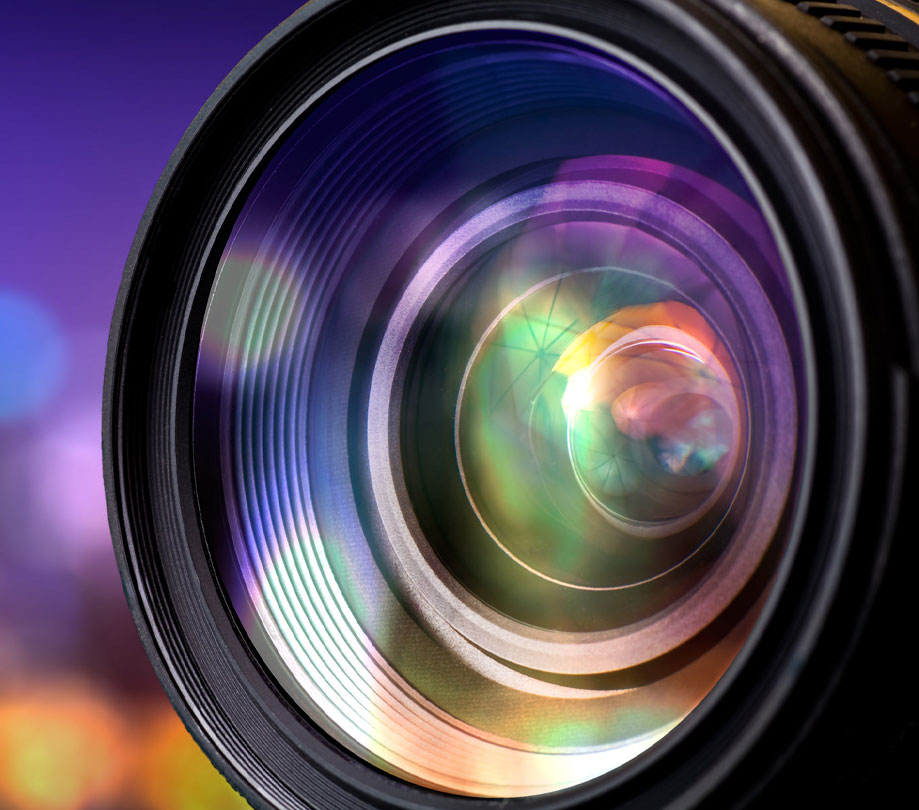Hyperspectral imaging improves machine vision
Wednesday, April 27, 2022

|
Richard Harris |
IDTechEx discusses how hyperspectral imaging improves machine vision by adding an extra dimension of wavelength that converts conventional images into a richer data set. Hyperspectral imaging and other technologies are likely to replace thin-film photodetectors, flexible x-ray detectors, and more.
Machine vision is increasingly important for many applications, such as object classification. However, relying on conventional RGB imaging is sometimes insufficient, the input images are just too similar, regardless of algorithmic sophistication.
Hyperspectral imaging adds the extra dimension of wavelength to conventional images, providing a much richer data set. Rather than expressing an image using red, green, and blue (RGB) values at each pixel location, hyperspectral cameras instead record a complete spectrum at each point to create a 3D data set, sometimes referred to as a hyperspectral data cube.
Hyperspectral imaging improves the market.
The additional spectral dimension facilitates supervised learning algorithms that can characterize visually indistinguishable objects, capabilities that are highly desirable across multiple application sectors. Combining hyperspectral imaging with sensors capable of detecting light beyond 1000 nm enables even more information to be obtained, further enhancing the ability to distinguish different materials.
Agricultural surveying
Insight into plant and soil health can be gained through hyperspectral imaging. Different bands or parts of the spectrum are sensitive to various inputs (water, nitrogen, and so on), enabling issues such as nitrogen and water deficiency to be identified and rectified at an early stage.
For agricultural surveying hyperspectral cameras are frequently mounted on unmanned ariel vehicles (UAVs, i.e., drones) to create spatial and temporal maps of the farms. Machine vision algorithms convert the hyperspectral data into nitrogen, water, and chlorophyll levels, crop and weed density, yield estimates and so. This information, coupled with GPS-enabled machinery, enables farmers to take site-specific action.

Industrial inspection
In-line inspection, in which a line-scan hyperspectral camera records items passing beneath it on a conveyor belt, is a common installation approach. The camera speed can be adjusted and synchronized with the speed of the production line, ensuring that inspection covers 100% of the items in real-time.
The processed data output, such as a sorting result, can be integrated into existing machine vision systems analogously to incumbent line-scan techniques. Specific inspection-related applications include identifying foreign objects, sorting objects for recycling, distinguishing rock types, and even determining the thickness of thin films from optical interference patterns.
One of the challenges facing industrial deployment of hyperspectral imaging is that converting the extremely data-rich hyperspectral data cube (top right graphic) into tangible insights can be tricky, requiring specialist data analysis/machine learning skills. To address this, manufacturers are increasingly incorporating machine vision algorithms within the package they offer so that the system outputs coordinates of classified objects rather than raw hyperspectral data cubes.
Consumer applications
Perhaps unexpectedly, hyperspectral imaging can also be used in the consumer space for analyzing skin health. More specifically, the spatial distribution of different skin features (water, hemoglobin, etc) can be mapped due to their characteristic reflection spectrum. The technology can thus be used in skin-care clinics and even cosmetics counters to gain a better understanding of which products would be best suited to a particular customer. Ultimately, the hyperspectral cameras may end up in smartphones to enable bespoke cosmetics and skin-care products to be ordered from home…

A comprehensive overview of emerging image sensor technologies
The IDTechEx report, "Emerging Image Sensor Technologies 2021-2031: Applications and Markets", outlines the current status and future applications for a wide range of emerging image sensor technologies. This includes hyperspectral imaging outlined here, but also emerging technologies for short-wave infrared (SWIR) imaging that are likely to replace InGaAs, hybrid quantum dot or organic semiconductor on silicon sensors, thin-film photodetectors, flexible x-ray detectors, and more. Also included are highly granular 10-year market forecasts by revenue and volume (split by technology and application), along with multiple application case studies and technological/commercial readiness assessments. The report also includes multiple company profiles based on interviews with early-stage and established companies.

Become a subscriber of App Developer Magazine for just $5.99 a month and take advantage of all these perks.
MEMBERS GET ACCESS TO
- - Exclusive content from leaders in the industry
- - Q&A articles from industry leaders
- - Tips and tricks from the most successful developers weekly
- - Monthly issues, including all 90+ back-issues since 2012
- - Event discounts and early-bird signups
- - Gain insight from top achievers in the app store
- - Learn what tools to use, what SDK's to use, and more
Subscribe here










